US Capitol Shooting: Analysis of US Congress Disruptive Shooting Events
Welcome to esportscampus.vn. Today, we delve into the history of the US Capitol, focusing on the disruptive shooting events that have shaken this symbol of democracy. Our article, ‘US Capitol Shooting: Analysis of US Congress Disruptive Shooting Events‘ provides a comprehensive overview of these incidents, their causes, and their far-reaching impacts. Join us as we explore these significant events and discuss the lessons learned, contributing to a broader understanding of the balance between security and democratic openness in one of the nation’s most important institutions.
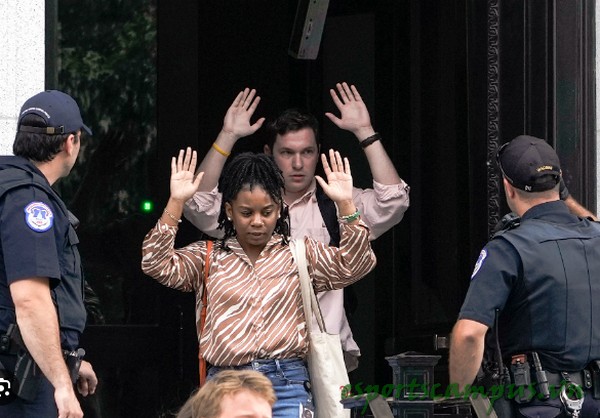
I. Catch up on disruptive shootings in the US Congress
The United States Capitol, a symbol of democracy and the meeting place of the nation’s legislature, has unfortunately been the site of several disruptive shooting incidents throughout history. Understanding these events is not only crucial for historical accuracy but also for shaping our perspective on the security and political climate of the country.
In this article, we will delve into an analysis of various disruptive shooting events that have occurred at the US Capitol. We will explore the historical context of these incidents, the individuals involved, the motivations behind these acts, and the impact they had on the nation. Our aim is to provide a comprehensive overview that sheds light on these significant events in American history.
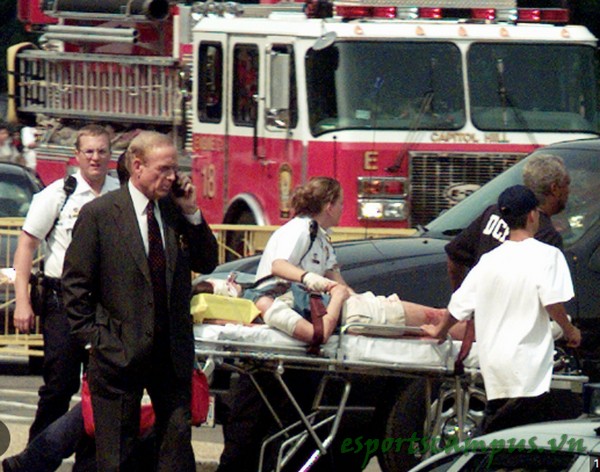
II. Video US Capitol Shooting: Analysis of US Congress Disruptive Shooting Events
III. History of Disruptive Shootings at the US Capitol
The US Capitol, a beacon of democracy, has unfortunately been the stage for several disruptive shooting incidents throughout its history. These events have not only caused immediate harm and loss but have also left lasting impacts on the nation’s psyche and its political landscape.
One of the earliest recorded incidents took place in 1954 when four Puerto Rican nationalists opened fire from the gallery of the House of Representatives, injuring five congressmen. This shocking event was a stark reminder of the vulnerability of democratic institutions and the lengths to which some individuals or groups would go to make a political statement.
Another significant event occurred in 1998 when Russell Eugene Weston Jr. stormed the Capitol, killing two Capitol Police officers. This tragic event led to a reevaluation of security measures at the Capitol and resulted in significant changes to ensure the safety of those within its walls.
More recently, the shooting of Ashli Babbitt during the Capitol riots on January 6, 2021, has been a topic of intense debate and scrutiny. The event, which saw a pro-Trump mob storm the Capitol in an attempt to overturn the results of the 2020 Presidential election, resulted in several deaths and injuries, and has had far-reaching implications for the nation.
These incidents, while varying in their specifics, share a common thread – they represent significant breaches of security at one of the nation’s most important institutions. Each event has led to introspection, debate, and changes in how security is managed at the Capitol, and they continue to shape discussions on the balance between openness and security in democratic institutions.
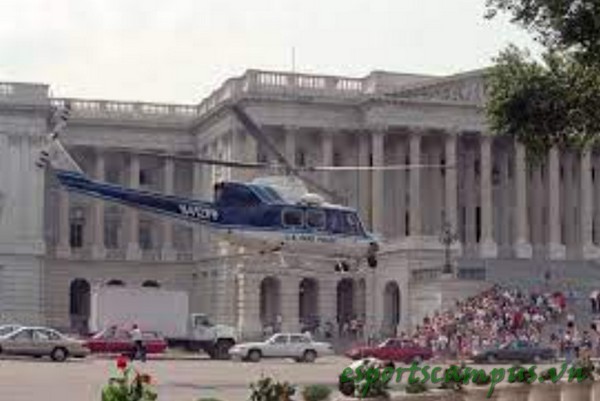
IV. Analysis of the 1998 US Capitol Shooting Incident
Detailed Description:
On July 24, 1998, a tragic event unfolded at the United States Capitol that would forever change the way security was perceived at this iconic institution. Russell Eugene Weston Jr., a man with a history of mental illness, entered the Capitol building armed with a revolver. In a brief but deadly encounter, he shot and killed two Capitol Police officers, Officer Jacob Chestnut and Detective John Gibson. Chestnut was shot at a security checkpoint, while Gibson was killed in the subsequent exchange of gunfire with Weston, though not before wounding the assailant and preventing further potential casualties.
Cause Analysis:
Several factors contributed to this tragic event. Firstly, Weston’s deteriorating mental health played a significant role. He believed that the federal government had placed a chip in his body and was tracking him, a delusion that likely contributed to his decision to target a federal building. Despite his known mental health issues, Weston was able to obtain and possess a firearm, highlighting gaps in the system that allowed individuals with severe mental illnesses to access weapons.
Secondly, the security measures at the Capitol at that time were not as stringent as they are today. While there were security checkpoints, the Capitol remained relatively open to the public, making it vulnerable to such attacks.
Consequences of the Incident:
The immediate aftermath of the shooting saw a grieving nation mourning the loss of two brave officers who laid down their lives in the line of duty. Their sacrifice was honored with a lying in state ceremony in the Capitol Rotunda, a rare honor reserved for the nation’s most distinguished citizens.
Beyond the immediate emotional impact, the shooting had lasting implications for security protocols at the Capitol. There was a significant overhaul of security measures, with more stringent checks, the installation of metal detectors, and a more visible presence of armed guards. The Capitol Police force received additional funding and resources to better equip them to handle such threats in the future.
The incident also sparked a national debate on gun control and the need for more comprehensive background checks, especially for individuals with known mental health issues.
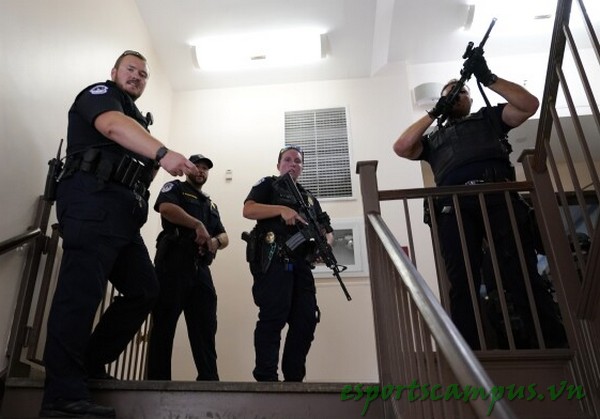
V. Analysis of the 1954 US Capitol Shooting Incident
Detailed Description:
On March 1, 1954, the United States Capitol was the scene of a shocking act of violence that would reverberate through history. Four Puerto Rican nationalists — Lolita Lebrón, Rafael Cancel Miranda, Andres Figueroa Cordero, and Irvin Flores Rodríguez — opened fire from the gallery of the House of Representatives, injuring five congressmen. The group was armed with semi-automatic pistols and unfurled a Puerto Rican flag as they began shooting, a symbolic act intended to draw attention to their cause.
Cause Analysis:
The shooting was a political act, driven by the nationalists’ desire for Puerto Rico’s independence from the United States. The four perpetrators were members of the Puerto Rican Nationalist Party, a group that advocated for the island’s sovereignty. Their violent act was intended to draw international attention to their cause and to protest against what they perceived as the U.S. government’s colonial rule over Puerto Rico.
Consequences of the Incident:
The immediate aftermath of the shooting saw the injured congressmen rushed to the hospital, where they all eventually recovered. The four perpetrators were quickly apprehended, tried, and sentenced to long prison terms, although they were later pardoned in the 1970s.
The incident had a profound impact on the perception of security within the Capitol. It led to a reevaluation of visitor screening procedures and the implementation of stricter security measures. It also sparked a debate about the balance between maintaining public access to the Capitol and ensuring the safety of its occupants.
On a broader scale, the shooting brought the issue of Puerto Rico’s political status to the forefront of public consciousness. However, rather than advancing the cause of Puerto Rican independence, the violent act largely resulted in a backlash and increased scrutiny of the Puerto Rican Nationalist Party.

VI. Analysis of the January 6 US Capitol Shooting Incident
Detailed Description:
On January 6, 2021, the US Capitol was stormed by a mob of supporters of then-President Donald Trump, marking one of the most significant breaches of the building’s security in American history. The rioters, who were protesting the certification of the 2020 Presidential election results, clashed with law enforcement and vandalized parts of the building. Amid the chaos, a Capitol Police officer shot and killed a rioter, Ashli Babbitt, as she attempted to breach a barricaded door leading to the Speaker’s Lobby.
Cause Analysis:
The events of January 6 were the culmination of weeks of escalating rhetoric and misinformation about the 2020 Presidential election. Many of the rioters believed unfounded claims that the election had been stolen from Trump, and they saw their actions as a form of patriotic resistance. The failure to adequately prepare for and respond to the riot, despite clear warnings, also contributed to the severity of the incident.
Consequences of the Incident:
The immediate aftermath of the riot saw a nationwide shock and condemnation of the violence. The incident led to the impeachment of President Trump by the House of Representatives on charges of incitement of insurrection, although he was later acquitted by the Senate.
The shooting of Ashli Babbitt has been a point of contention, with some viewing it as a necessary action taken in a volatile situation, and others seeing it as an excessive use of force. The officer involved was later cleared of any wrongdoing by the Department of Justice.
The riot led to a significant increase in security measures at the Capitol, including the installation of a temporary security fence and the deployment of National Guard troops. It also sparked a broader conversation about the state of American democracy, the spread of misinformation, and the rise of political violence.
In conclusion, the January 6 Capitol shooting and the associated riot marked a dark day in American history. The event served as a stark reminder of the fragility of democratic institutions and the potential for violence when political rhetoric escalates and misinformation goes unchecked.
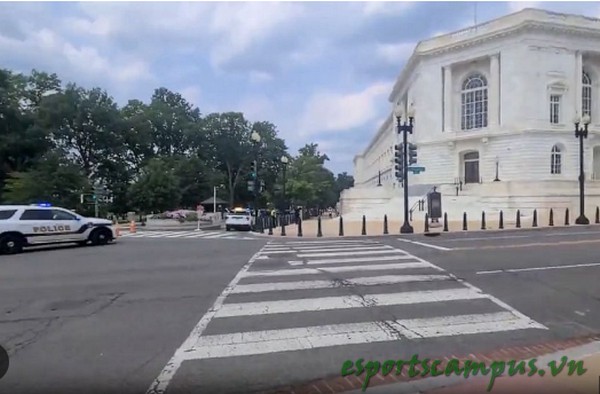
VII. Comparison and Evaluation of Disruptive Shootings
The disruptive shootings at the US Capitol in 1954, 1998, and 2021, while distinct in their circumstances and outcomes, all represent significant breaches of security at one of the nation’s most important institutions.
1954 vs. 1998 vs. 2021:
The 1954 shooting was a politically motivated act carried out by Puerto Rican nationalists seeking to draw attention to their cause. The 1998 shooting, on the other hand, was the act of a single individual with a history of mental illness, and it appears to have been driven more by personal delusions than political ideology. The 2021 shooting occurred in the context of a larger riot, driven by widespread misinformation and political polarization.
In terms of immediate consequences, the 1954 shooting resulted in injuries but no fatalities among the congressmen targeted, while the 1998 shooting resulted in the deaths of two Capitol Police officers. The 2021 shooting resulted in the death of a rioter, while several other people died as a result of the associated riot.
Evaluation of Severity and Consequences:
All three incidents had serious consequences, both immediate and long-term. The 1954 shooting led to a reevaluation of security procedures at the Capitol and brought the issue of Puerto Rico’s political status into the spotlight. The 1998 shooting resulted in a significant overhaul of Capitol security and sparked a national debate on gun control and mental health. The 2021 shooting and riot have had far-reaching implications for American democracy, leading to an impeachment trial, a significant increase in security measures, and a nationwide conversation about political violence and misinformation.
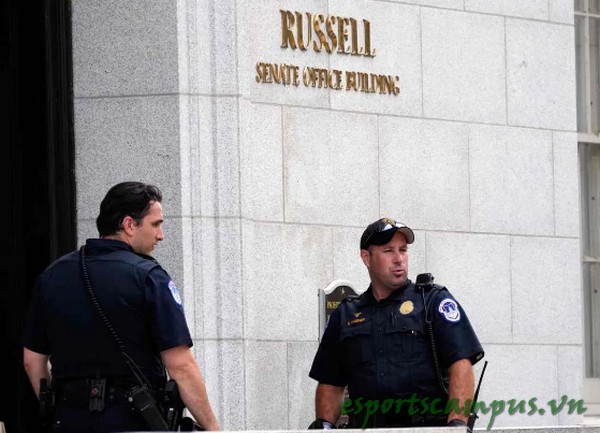
VIII. Conclusion and Future Directions
In this article, we have delved into the history and analysis of disruptive shootings at the US Capitol, focusing on the incidents that occurred in 1954, 1998, and 2021. Each of these events, unique in their circumstances and outcomes, has left an indelible mark on the nation’s history and has shaped the way security is perceived and managed at the Capitol.
These incidents serve as stark reminders of the potential for violence within democratic institutions and underscore the importance of vigilance, preparedness, and a commitment to truth and peaceful discourse. They highlight the need for robust security measures that can protect against such threats while preserving the openness and accessibility that are hallmarks of democratic governance.
Looking forward, it is essential to continue learning from these incidents and to remain vigilant against potential threats. This includes not only maintaining and enhancing physical security measures at the Capitol but also addressing the broader societal and political issues that can give rise to such violence. This involves promoting truth and accuracy in political discourse, addressing the spread of misinformation, and fostering a political climate that encourages peaceful and respectful debate.
While the disruptive shootings at the US Capitol represent dark moments in American history, they also provide valuable lessons for the future. By learning from these incidents, we can work towards a future where such acts of violence are a thing of the past, and where the Capitol continues to stand as a symbol of democracy, openness, and peaceful governance.